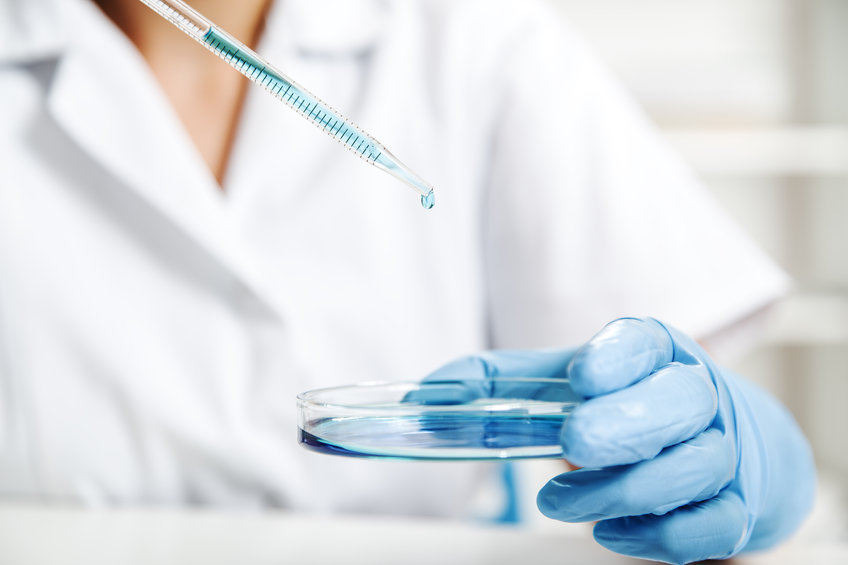Electronic waste, also known as “e-waste,” is hard to recycle. Mainly because much of it is hazardous.
Now, however, researchers from Nanyang Technological University, Singapore (NTU Singapore) may have found a way to take a “byte” out of this e-waste problem by turning at least some of it into “petri dishes.”
How is that possible? The answer lies in the laboratory. Researchers found that when certain e-waste is repurposed into petri dishes, the results bode well. For example, cell cultures perform and thrive just as well on e-waste surfaces as those grown on typical petri dishes made of polystyrene.
As reported in Science Daily:
“Three kinds of e-waste plastic were chosen for their varied surface feature — the keyboard pushbuttons and diffuser sheet obtained from LCDs [Liquid Crystal Displays] have a relatively flat and smooth surface, while the prism sheet, also found in LCDs, has highly aligned ridges.”
Science Daily further explains that: “The team found that over 95 per cent of the human stem cells seeded on plastics scavenged from discarded computer components remained healthy after a week, a result comparable to cells grown on conventional cell culture plates.
“These findings, described in a study published online in the scientific journal Science of the Total Environment, indicate a potential new sustainable use for e-waste plastics, which account for about 20 per cent of the 50 million tonnes of e-waste produced worldwide each year.”
It is unclear if the e-waste products being used as petri dishes might have some long-term ill-effects on the cultures being looked at. It is also questionable as to what type of testing or experiments could be safely done on petri dishes made from e-waste.
The team at NTU Singapore, however, plans to do further research and testing to find these answers out.
The full story can be found in Science Daily here.
